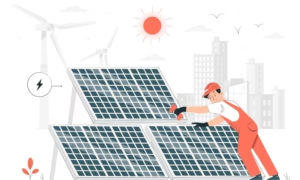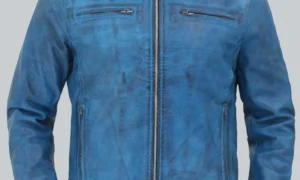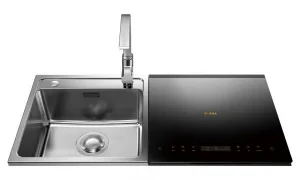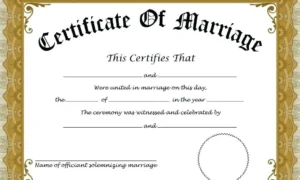Introduction
Beekeeping is a rewarding and fascinating hobby or profession, but it comes with its share of risks, primarily due to the potential for bee stings. To ensure the safety and well-being of beekeepers, investing in a high-quality bee suit is crucial. Choosing the best bee suits involves considering various factors to provide optimal protection during hive inspections and honey harvesting.

Material and Construction
The material of the bee suit plays a pivotal role in its effectiveness. Bee suits are commonly made of lightweight and breathable materials such as cotton or polyester. Cotton suits are comfortable and offer good protection, while polyester suits are known for their durability and resistance to bee stings. The construction of the suit, including reinforced seams and double stitching, enhances its durability and prevents bees from finding their way inside.
Ventilation
Beekeeping often involves working in hot and humid conditions. Proper ventilation is essential to prevent overheating while wearing a bee suit. Look for suits with well-designed ventilation features such as mesh panels or ventilation zippers. These features allow air circulation, keeping the beekeeper cool and comfortable during extended periods of use.
Full Coverage
Complete coverage is vital when it comes to bee suits. Bees can find their way through small openings, so selecting a suit that offers full coverage is essential. Ensure that the suit includes wrist and ankle cuffs with elastic or Velcro closures to seal off potential entry points for bees. A detachable or foldable hood with a sturdy zipper adds an extra layer of protection for the head and neck.
Visibility
Clear visibility is crucial for safe beekeeping practices. Opt for a bee suit with a hood that has a mesh face veil. The mesh should provide unobstructed visibility while keeping bees at a safe distance. Additionally, some suits come with a detachable or collapsible veil, allowing beekeepers to choose between full protection and improved visibility based on the situation.
Size and Fit
Selecting the right size and fit is paramount for comfort and protection. Ill-fitting bee suits can leave gaps that bees may exploit. Manufacturers typically provide sizing charts, and it’s advisable to measure oneself accurately before purchasing. Adjustable features such as elastic waistbands and wrist and ankle closures help tailor the suit to an individual’s body shape.
Ease of Putting On and Taking Off
Beekeeping involves frequent inspections and hive management, requiring beekeepers to put on and take off their suits regularly. Look for suits with easy-to-use zippers and quality closures to facilitate quick and hassle-free dressing and undressing. Some suits also feature ankle zippers, making it easier to put on and remove footwear.
Budget Considerations
While it’s tempting to choose a bee suit solely based on budget, it’s essential to strike a balance between cost and quality. Investing in a well-constructed, durable bee suit may initially cost more but can save money in the long run by providing better protection and lasting longer than cheaper alternatives.
Conclusion
Choosing the best bee suit is a critical decision for beekeepers, influencing both their safety and the overall enjoyment of beekeeping activities. By carefully considering factors such as material, ventilation, coverage, visibility, size, ease of use, and budget, beekeepers can ensure they select a suit that provides optimal protection and comfort, allowing them to fully enjoy the art and science of beekeeping.





























